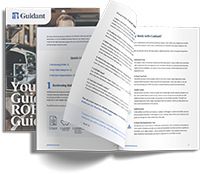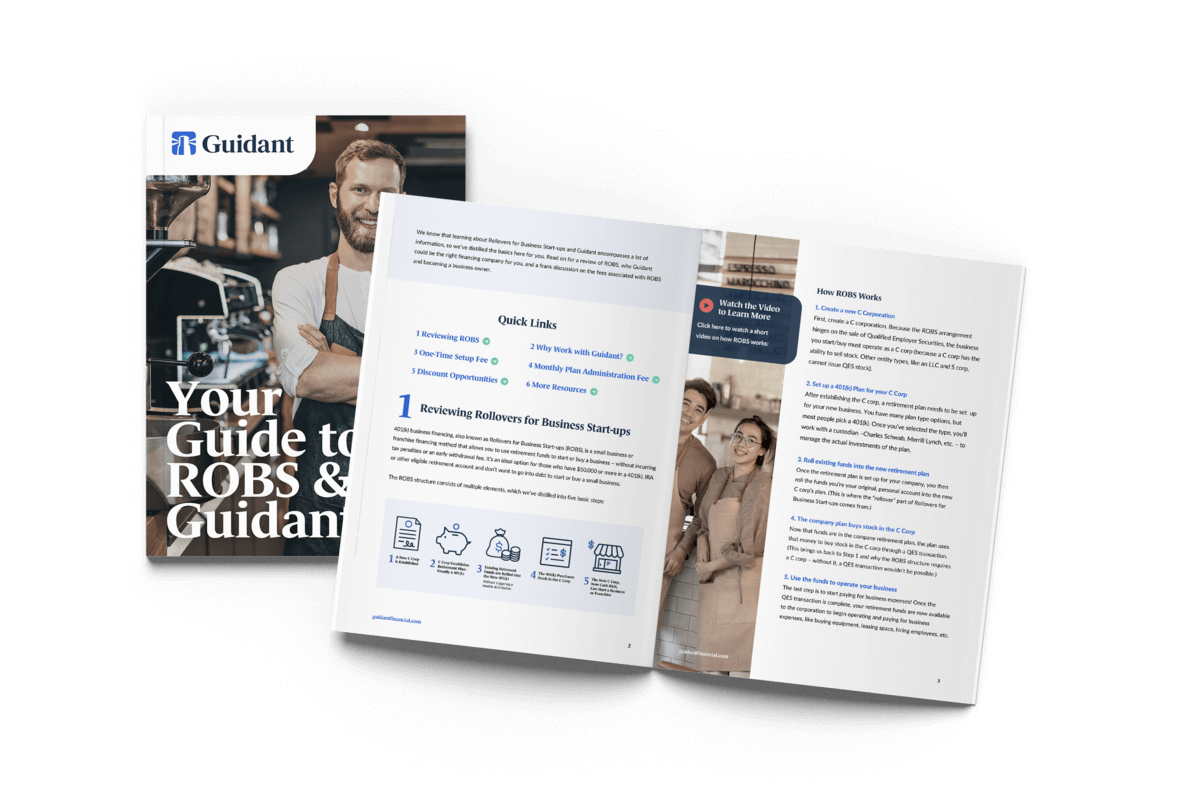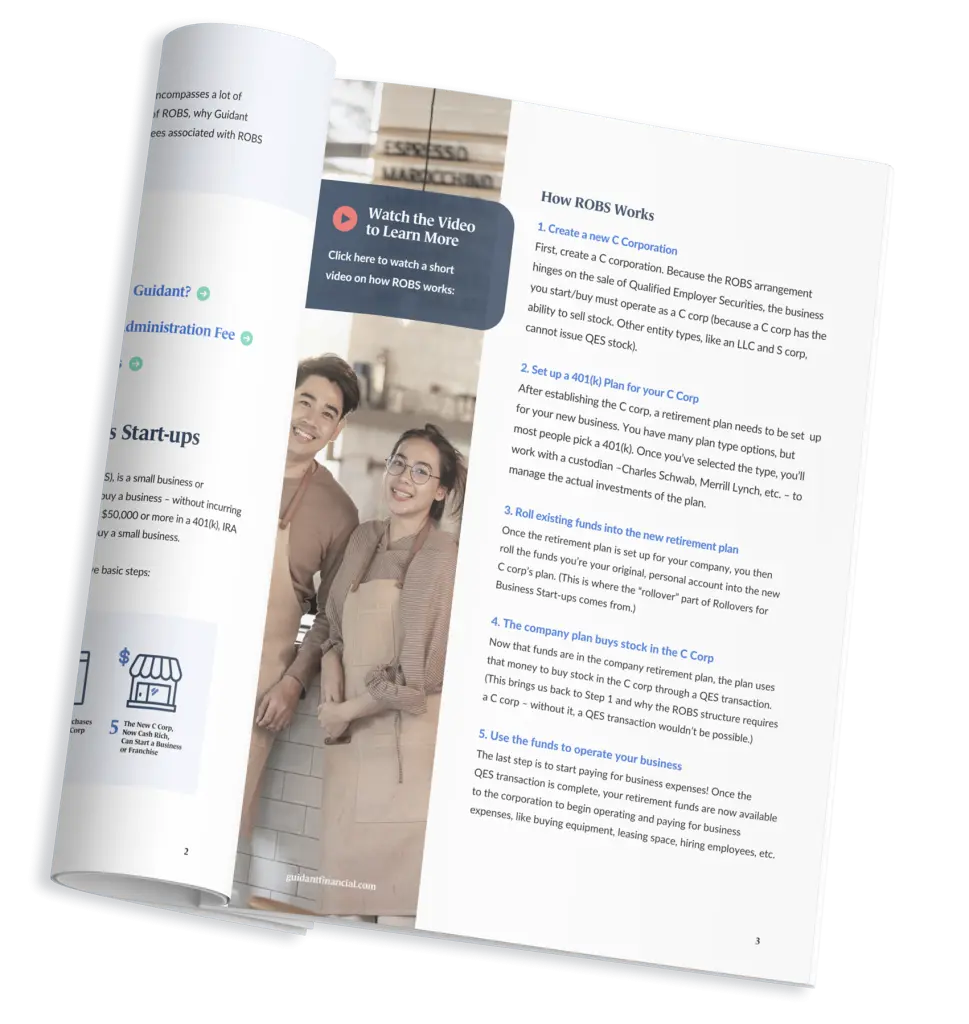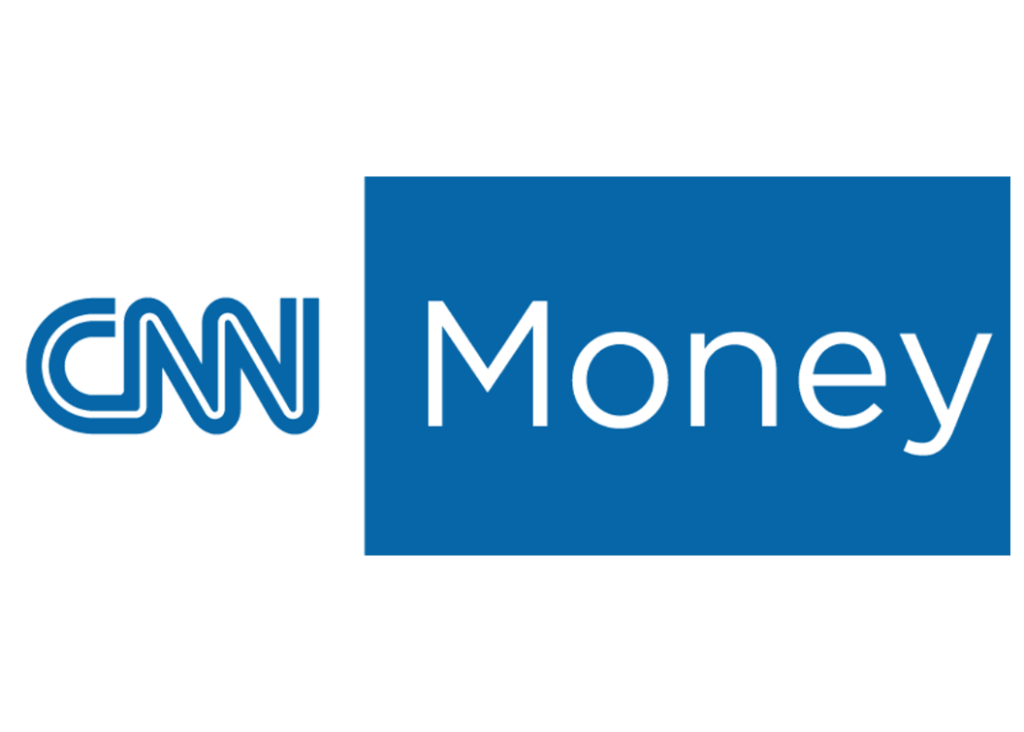Small business owners know how important securing financing is to start a business. But when it’s time to sell their business, owners may think their worries about capital are finally over. Not necessarily. Seller financing (also known as owner financing) becoming a popular type of financing for buyers. 90 percent of small business sales are partially or wholly financed by sellers.
What is Seller Financing?
Seller financing is nearly exactly what it sounds like: a form of financing in which a small business owner acts as a bank and carries a portion of the loan for the buyer of the business. In return, the buyer then makes regular payments to the seller with interest. Also known as owner financing or seller carryback, seller financing can be beneficial to both buyers and sellers. In many cases, it can increase the number of potential buyers and lead to a faster sale.
While potentially lucrative, the decision to offer seller financing shouldn’t be taken lightly. Here’s what small business owners need to know about seller financing:
Benefits of Seller Financing for Sellers
For business sellers who want to sell their business quickly, offering seller financing can dramatically widen the pool of potential buyers. Here are some of the benefits of this type of financing:
Attract more buyers.
Because sellers can be more lenient when it comes to financing requirements, more buyers can afford to buy the business. Chances are if you’ve listed your business for sale, you’d like the process to move quickly. Offering to finance provides buyers a fast way to finance the business and offers the ability to easily combine financing methods — putting them in a better position to reach the purchase price (or close to it). It also sends a message that you’re confident in the ability of the business to thrive since their ability to repay you may depend on the business’s cash flow.
Faster closing times.
Seller financing can move much faster because it is not dependent on a bank’s drawn-out approval process. Financing can move forward as quickly as the seller receives a potential buyer’s information and decides to approve them for financing. In contrast, the timeline of a traditional business financing method is usually tied to the bank’s schedule. Thanks to the rigorous application and approval processes the bank puts buyers through, the application approval can take months. With seller financing, the process can move as quickly as the seller wants, even in as little as a few weeks. Once a seller approves a potential buyer for funding and draws up a contract that both parties agree to, the deal is done.
Note: Sellers shouldn’t be pressured to move quickly just because they can. Taking the time to thoroughly review a potential buyer’s financial and professional history is an important step in selecting the right buyer.
Higher Sales Price
Because you have control over the financing amount, you’ll also be able to ask for a higher purchase price for your business without it affecting the timeline or approval. What’s more, sellers will receive interest on the loan amount that they otherwise would be missing out on.
Interest payments can make seller financing a lucrative investment.
First and foremost, offering to finance the sale of your business will earn you interest, which you can then reinvest in future business deals or save for personal enjoyment.
You have an opportunity to increase the principal value of your business through future interest payments from the buyer. Interest rates for seller financing can range between 6 – 10 percent and can add up to a significant amount after a term lasting several years. Keep in mind that rates for this type of loan can vary greatly but are usually within a percentage point or two of a typical bank loan. Work with your accountant and attorney to decide on a number that makes it a worthwhile transaction.
Tax benefits.
With seller financing, sellers receive monthly payments for their business drawn out over months or years. Reporting such incremental gains as opposed to large lump sums has tax benefits, including lowering income taxes (in comparison to a lump sum).
If a business owner is relying on receiving a lump sum of cash upfront, then seller financing may not be the right choice. Since buyers make installment payments to the seller over the course of months or years, there is no lump-sum payment like with a business loan. Many sellers require a larger down payment (15 – 20 percent) before agreeing to carry a note for any buyer.
Receiving payments in smaller installments can be more beneficial than a lump sum payment — especially when taxes are considered. By receiving smaller payments over time, sellers don’t need to pay as much income tax, letting them see more of the money they earn from the sale.
Peace of Mind.
Playing an intimate role in financing allows you to vet potential buys more closely. As the lender, you’ll review the business plan and financial projections of the new owner. You’ll also be able to ask them detailed questions about their plans for new operations. If you’re looking for assurance that your business is going to be in good hands, offering financing can provide just that.
Downsides of Seller Financing
Seller financing can widen the pool of potential buyers.
One of the biggest challenges to selling a business is finding the right buyer. Sometimes interested buyers do not qualify for financing from a traditional lender. Bank financing in particular tends to have strict approval requirements like business loans.
With seller financing, business owners can increase the number of people who are eligible to buy their business. Sifting through a large number of potential buyers may make it harder to narrow down who is most likely to repay the financing, especially if you’re inexperienced in doing this type of due diligence.
There is no ‘clean break’ with seller financing.
Some business owners may want to close a deal, sell their business, and move on as soon as possible. Seller financing makes this ‘clean break’ nearly impossible. The original owner’s ability to receive ongoing payments is reliant on the business’s future success. Many owners who offer to finance find themselves tied to the business after the deal is done.
Seller financing may require more effort on part of the seller.
Seller financing allows existing business owners to have a greater say in who will take over their business, but with that comes greater responsibility. In traditional financing, a third party (usually a bank) decides who is qualified for funding. With seller financing, the business owner must not only decide who qualifies for financing, but which candidate has the greatest knowledge and vision to run their business successfully. This leads to sellers typically needing to spend considerable amounts of time reviewing applications to determine which candidate is the right buyer.
Risk of Buyer Default
If the buyer defaults, you’ll be responsible for taking the business back, including repossessing the lease. You may not want that hassle.
How to Sell Your Business with a Seller Financing Deal
It’s easy to feel overwhelmed with all of the steps, negotiations, and documentation involved in the business selling process. To get the best results, it’s important to engage your attorney and CPA in the process as soon as you possibly can.
Value Your Business
The first step to selling your business is understanding what it’s worth. You’ll need to use third-party business valuation services to do this properly.
Create an Effective Business Exit Strategy
Things to consider as you plan your exit strategy:
Marketing: To sell your business, you’ll need to make sure its image is as shiny as possible. Have you updated the website recently? Have you responded to all of your business reviews? A quick marketing clean up of your businesses image can make the entire selling process easier.
Legal: Are all of your business licenses up to date? Are there any pending litigations?
Financial: Any potential buyer will need to do their due diligence. Make sure all financial documents are up to date, organized, and accurate.
Hand-off: Are you absolutely positive your business can run itself without you? If you’re not, now’s the time to make some changes.
Communication: How do you plan on telling your employees? How do you plan on telling your customers?
Sale Price: How much do you want to get for your business? What’s the lowest minimum offer that you’ll accept?
Tax Considerations: Are you 100% positive you understand the tax implications of selling your business, and every step you need to take to remain shiny clean in the eyes of the IRS? Even if the answer is ‘yes,’ we strongly recommend contacting a financial professional.
Find a Prospective Buyer
How do you intend to sell your business? There are many options, including business brokers, online listings, local listings, networking, talking to current employees, or even existing business partners.
Click here for a complete guide on finding a buyer for your business.
Vet Buyer Leads
You don’t want any old buyer– you want the right buyer. You will likely receive many unqualified offers. To narrow down your offers, create a list of questions and requirements about the buyer’s time frame and financing specifications. You can even create a kind of pre-qualification form to gather this information before they make an official offer.
Review the Buyer’s Offer and Prepare for Due Diligence
Once you have received an offer from a buyer you’re happy with, prepare for the buyer to conduct due diligence. Try to have the following materials available:
- All financial data from the last several years (usually up to three years).
- Copies of executed legal agreements and vendor contracts.
- Your business credit history
- A client list and contracts if applicable.
- Building and equipment information.
- Management and operational documentation.
- List of current inventory.
Complete the Business Sale
You’ll need a promissory note and security agreement from the buyer that outlines the terms of the loan, including the interest rate, repayment schedule, and additional clauses depending on the advice of your lawyer.
For example, you could include an agreement about liquidating the buyer’s personal assets in the event that they can’t pay back the loan, or some other kind of personal guaranty. In most cases, however, the business assets themselves are the primary collateral for the loan.
It’s very important that you work closely with an attorney during the creation of your seller note and promissory note.
Typical Seller Financing Agreements Terms
- Loan Amount: Between 5 – 60% of the selling price. In rare cases, the seller may offer financing for the total asking price if a significant down payment is offered (15 – 20%).
- Term Length of Period of Time: 5 – 7 years, Interest Rates: 6 – 10 percent of the loan amount (for comparison, SBA loan interest rates range from 7.25 – 9.75%) Down Payment: 10 – 25% of the loan amount.
Note: Few sellers offer a loan for the full asking price of their business. In most cases, seller financing is for 5 – 60 percent of the total asking price, so buyers must use other means to finance the remaining balance. In most cases, business owners will receive a lump sum payment for that remaining balance.
Get Help from a Professional
Selling a business can be time-consuming and complex. For small business owners who want to streamline the process, working with a seller service firm can be a huge help.
Seller services help small business sellers complete their business valuation to determine the asking price. They also help vet potential buyers, which can save business owners from hours of work and provide the reassurance they need to select the right buyer faster.
The decision to seller financing is not one to take lightly. By understanding the ins and outs of seller financing before diving in, small business owners can ensure the process goes as smoothly as possible. To learn more about selling your business, check out Guidant’s Complete Guide to How to Sell Your Business.
















